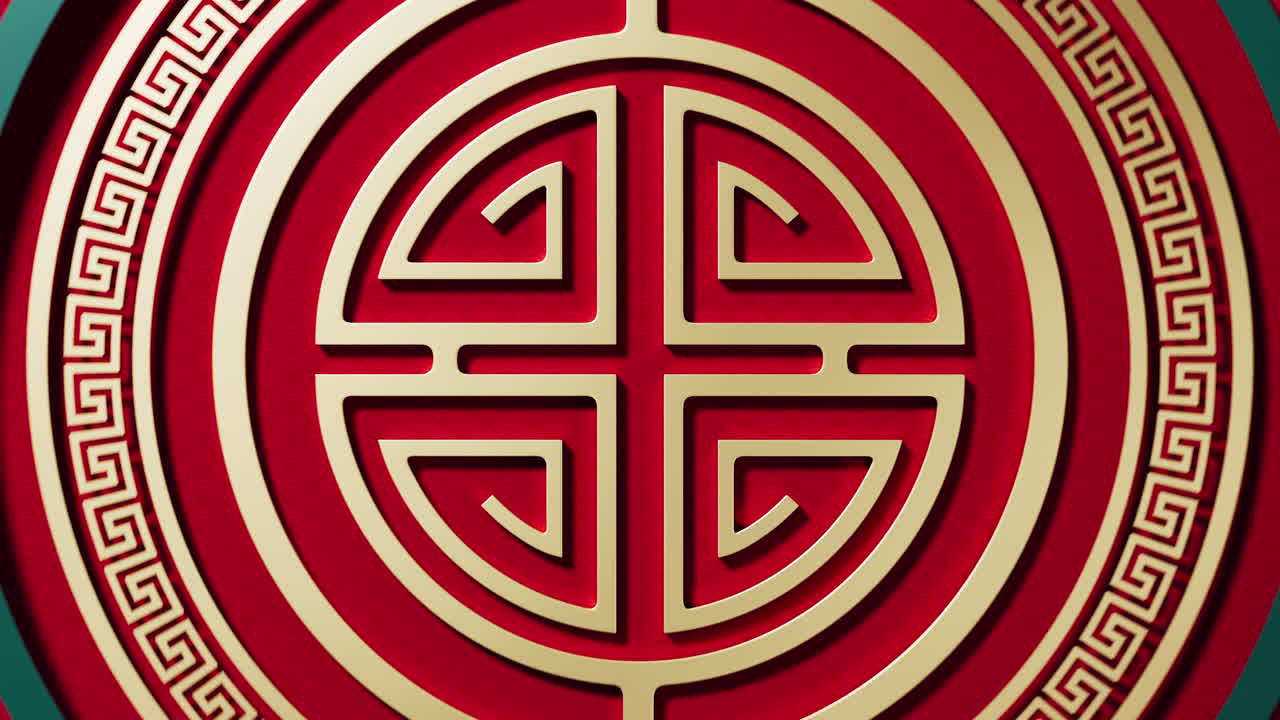The traditional chinese culture has always had symbols that have presented values, beliefs and hope of a brighter life, thousands of years ago. They are found in paintings, clothes, jewelry, and interior decorations, signifying harmony, peace and prosperity- values sought after by people. Such symbols are the things reminding us of the balance, unity, and good fortune, which we have in temples, homes, or festivals. They are strongly intertwined with nature, philosophy and everyday life.
The Meaning of Harmony in Chinese Culture
Harmony, according to traditional Chinese thinking, means balancing everything, both people and nature, and the universe. This idea is founded on such ancient philosophies as Confucianism and Taoism, according to which peace is provided when all things are in work but not mutually exclusive. Peaceful environments and sound interactions are attained through the symbols of harmony. The Yin-Yang symbol is among the most famous of them. It represents a black and white circle which has half a small dot of the other color. Yin can mean calmness, gentleness, shade; Yang can mean energy, brightness, liveliness. Both show opposing forces maintaining balance. The lotus, symbolizing peace and purity, grows in muddy water and blooms beautifully, representing harmony. It teaches that a human being is able to emerge in the hardest situations and be calm. We tend to find the lotus within the Chinese art and in the Buddhism temples as an icon that reminds us of inner harmony and spiritual development.
Symbols of Prosperity and Good Fortune
Chinese culture is all about prosperity, which is not only about wealth but also about success, health and happiness. Symbologies evolved, and nowadays such a symbol such as the Chinese character of good luck or blessings, Fu, is most commonly associated with prosperity. It can be commonly found on red paper and put upside down on the Lunar New Year, since the Chinese word for upside down can be translated as the word arrived. This follows that good luck has come to the house. The other common symbol is the goldfish. The Chinese word for fish means abundance, making goldfish symbols of prosperity. Used in art, jewelry, and Feng Shui like water fountains, they are believed to attract luck. The dragon also symbolizes good fortune and strength. It represents the power of heaven and ancient imperial China. It remains a way of being ambitious, a leader and full of energy. In the majority of cases, festivals are associated with dragons to bring good fortune and get rid of evil spirits. The peony flower is the flower of the kings; they are looked upon as a symbol of honor, beauty and riches. It is often painted or carved into decorations to be placed at a wedding or a home as a nice omen of a rich and happy life.
Conclusion
Chinese traditional signs are full of wisdom and hope, which have remained over centuries. As much as the Yin and Yang are in perfect equilibrium, as much as the dragon is joyous and energetic, it portrays the wish to live in harmony and prosperity in every image. These signs will remind humans to live in moderation, remain optimistic, and enjoy how life moves. They are either homemade, in jewelry or art, but they all convey the same message to them that the real wealth is in peace, kindness, and being in touch with the surrounding world.

